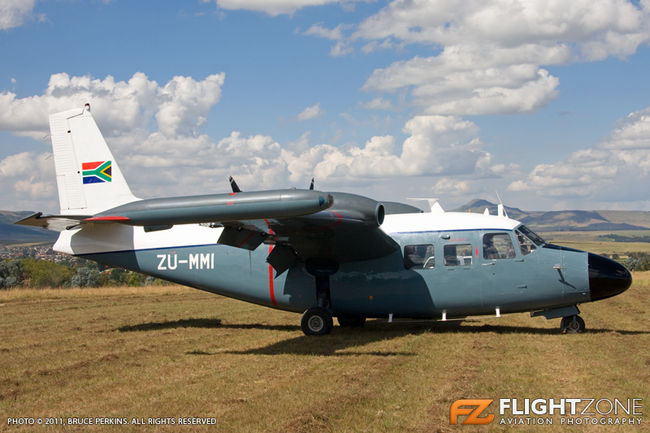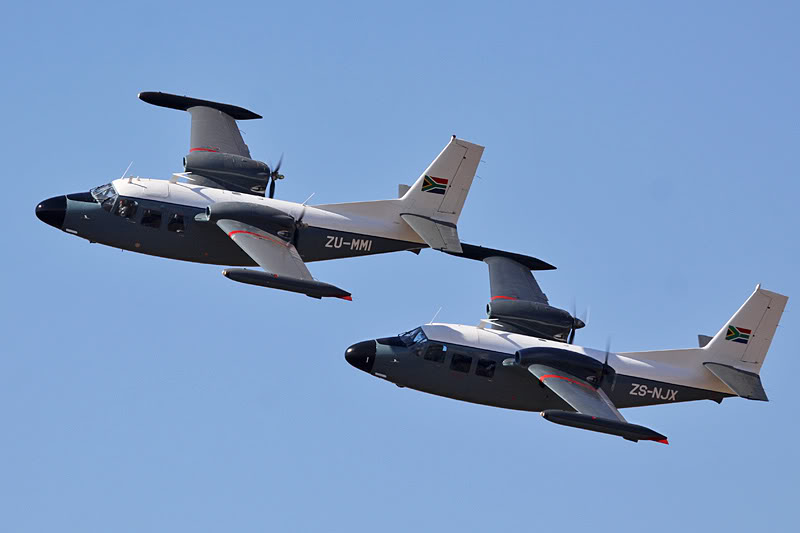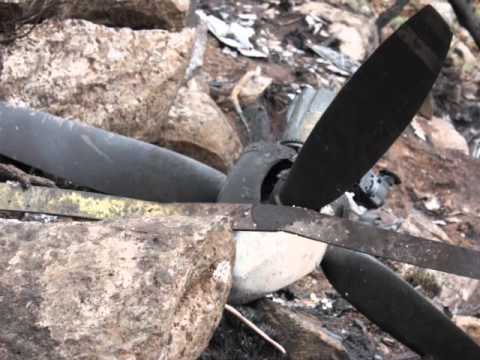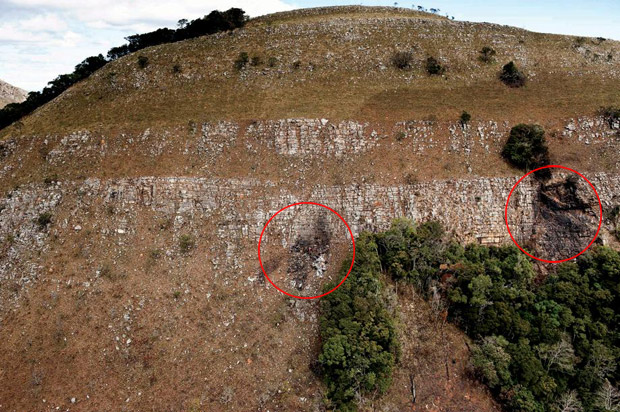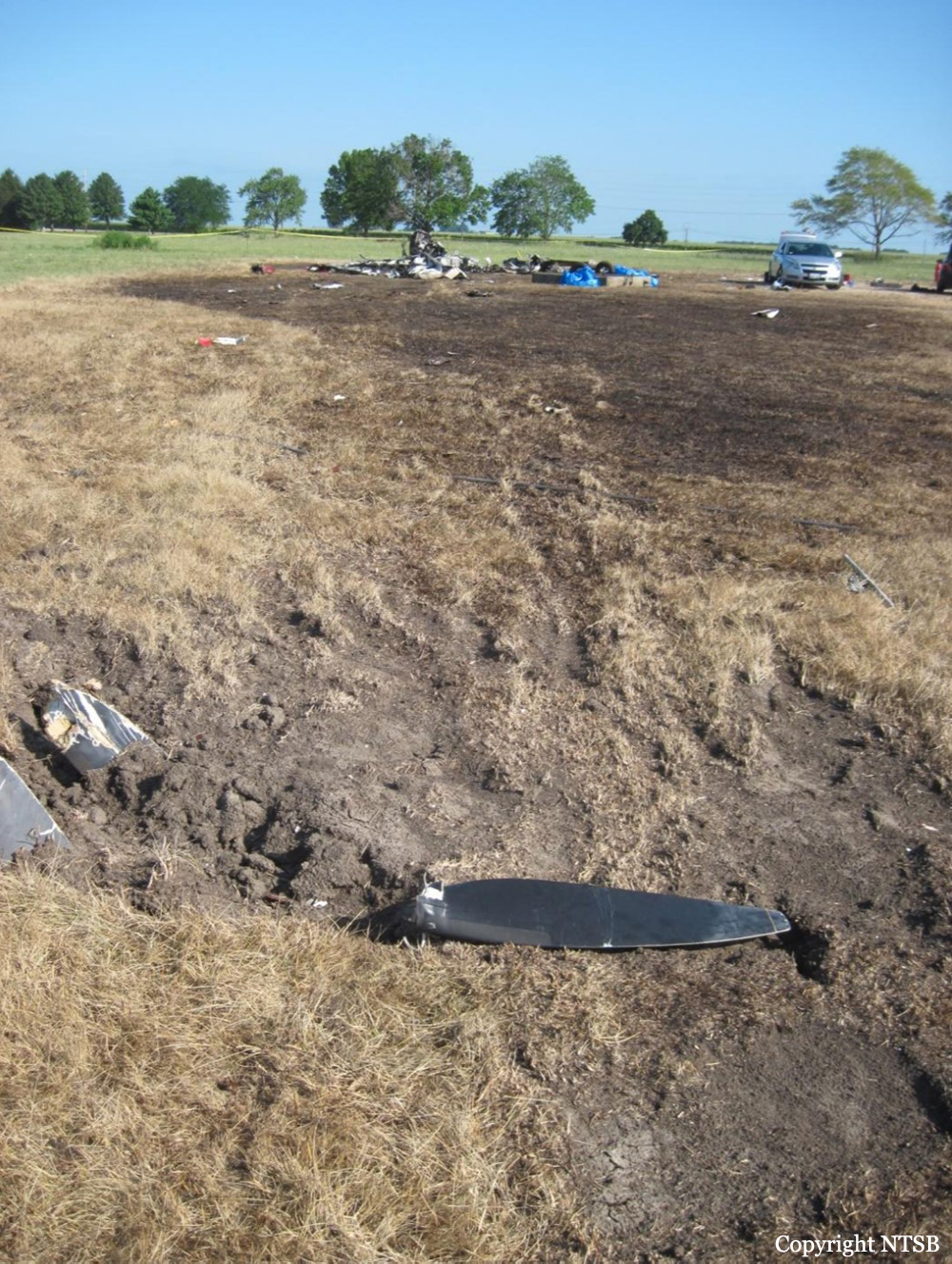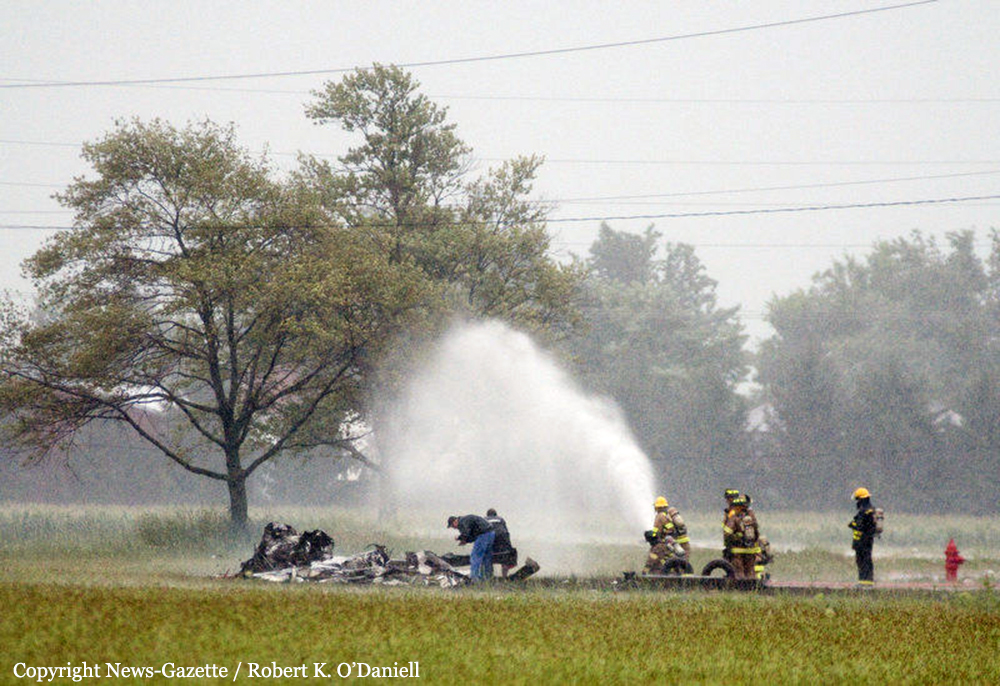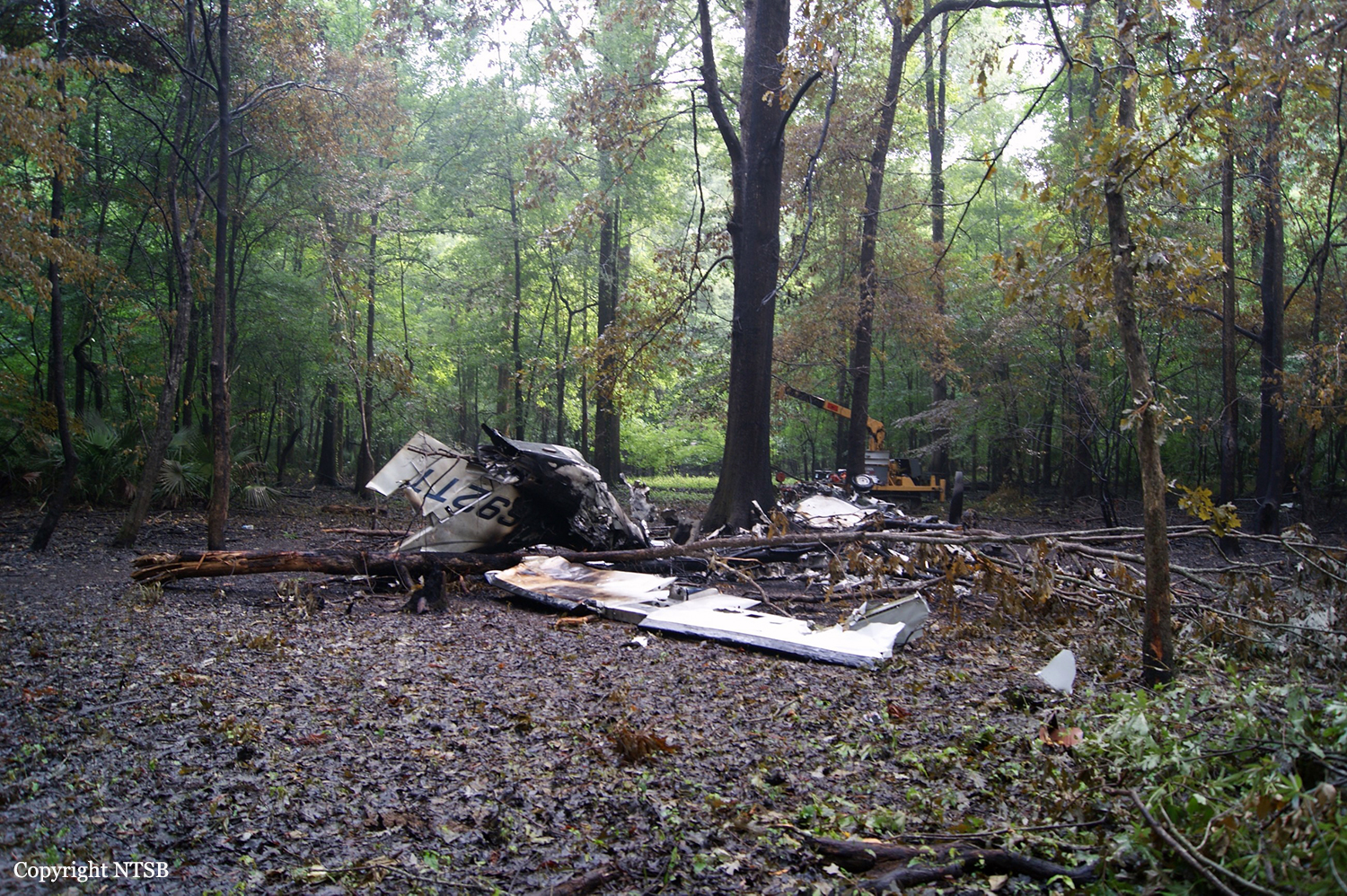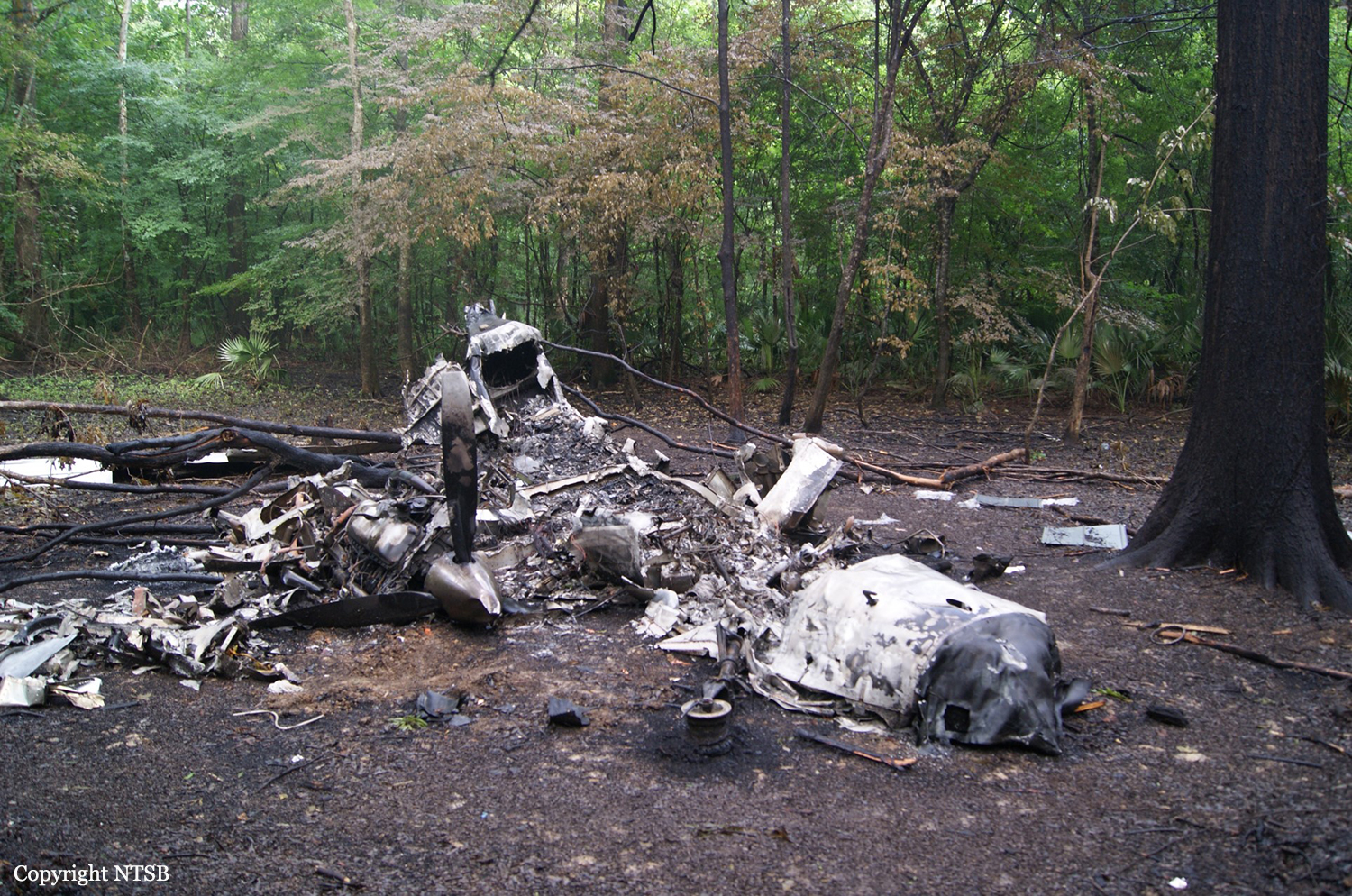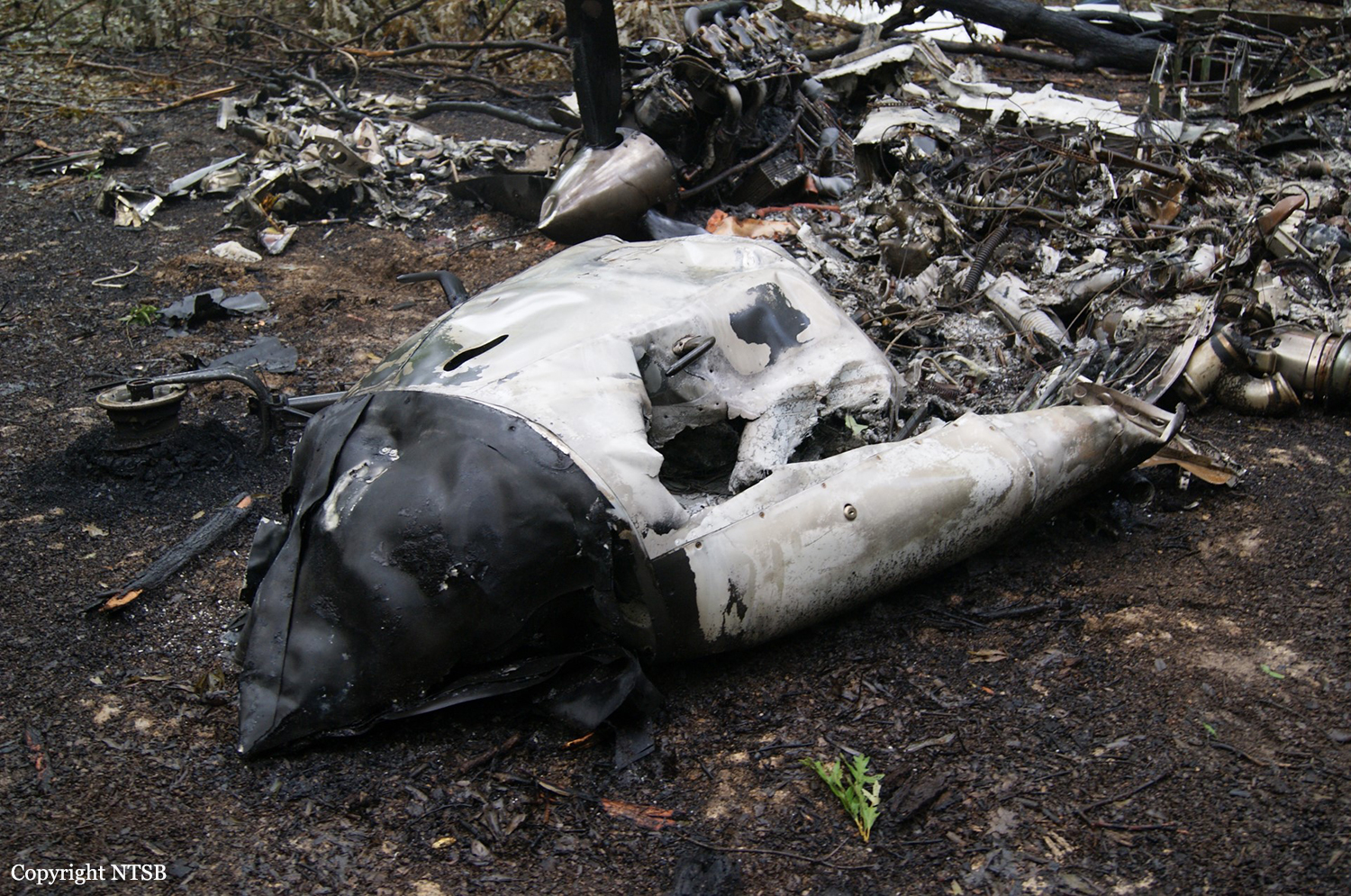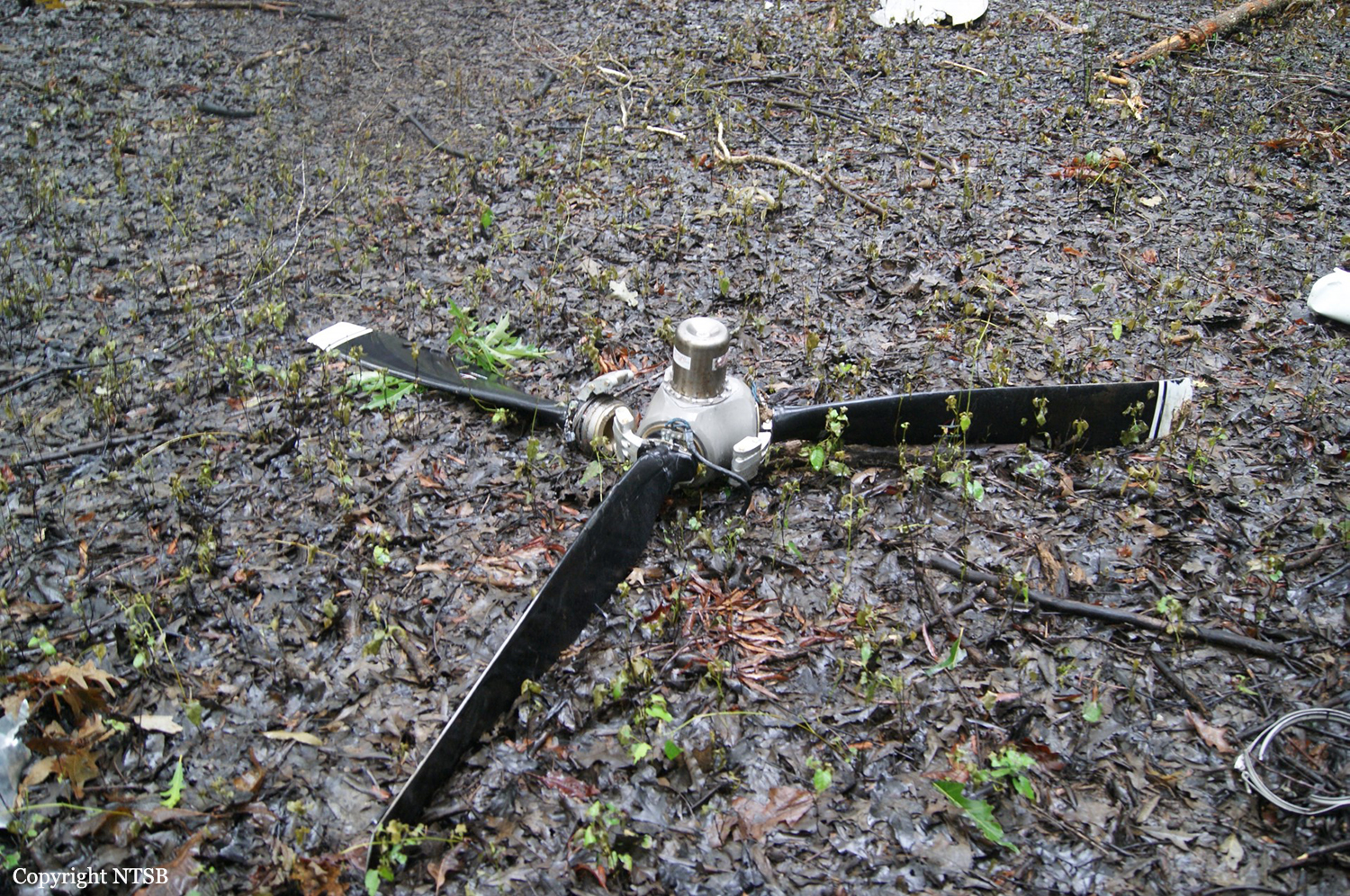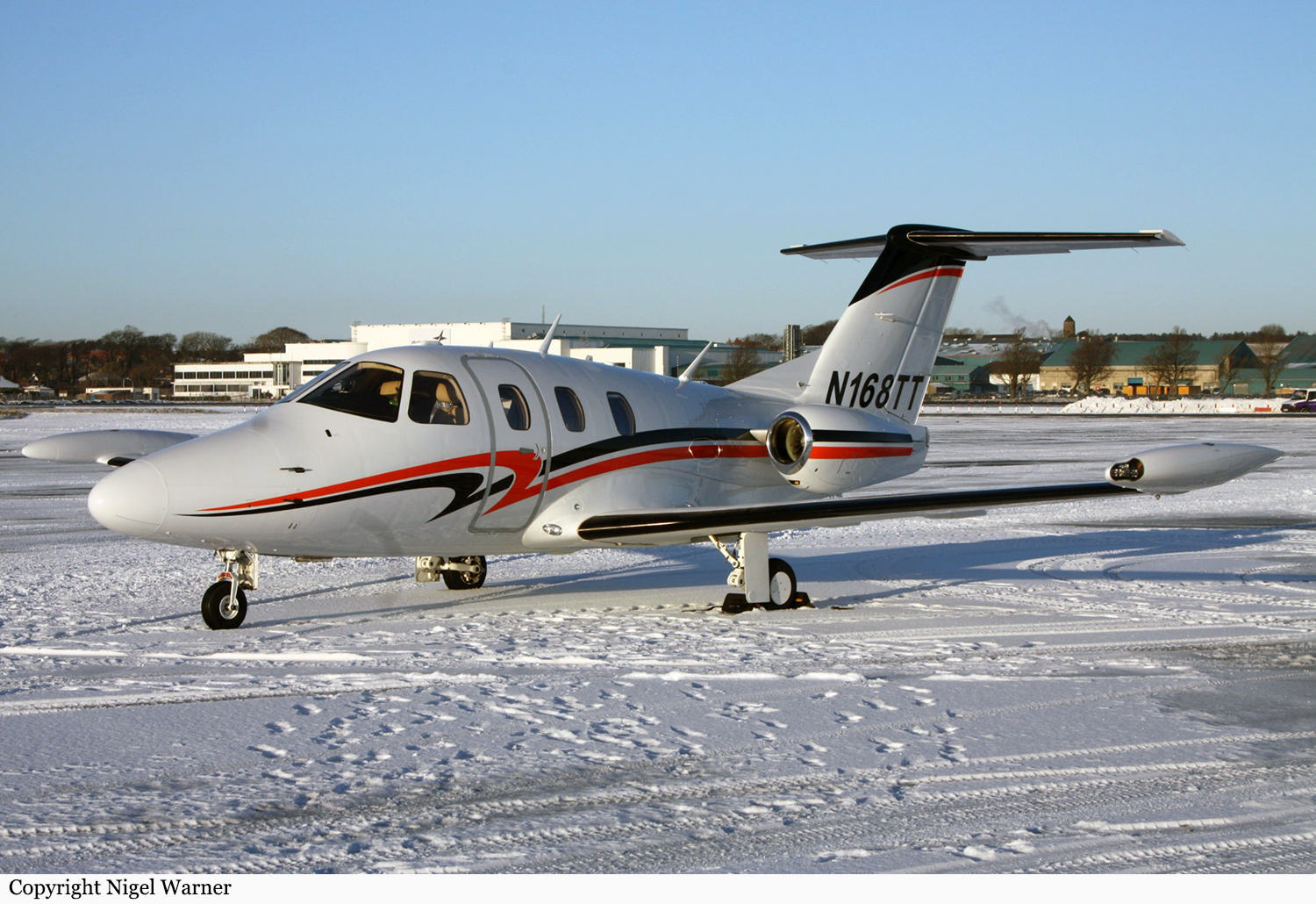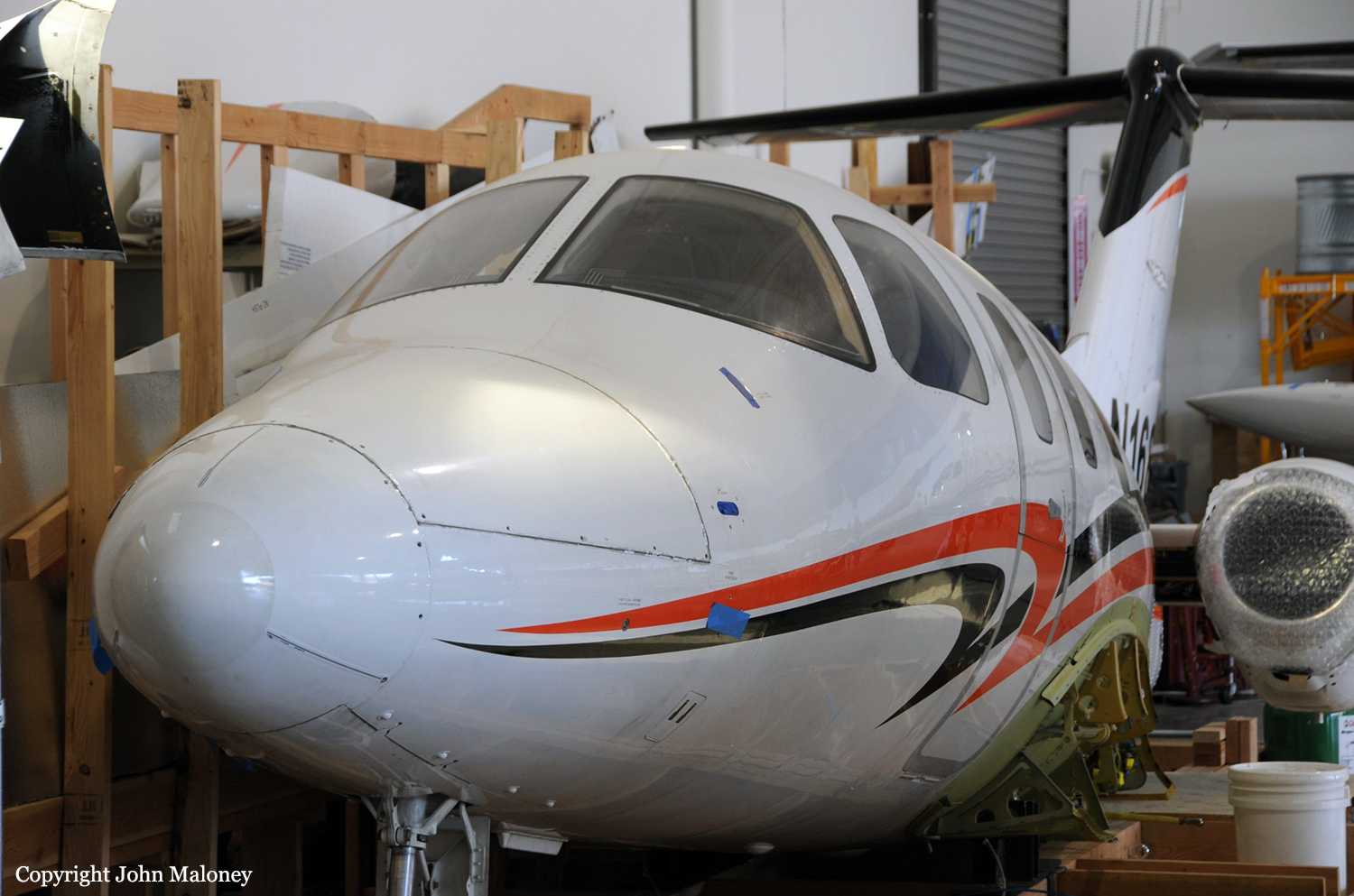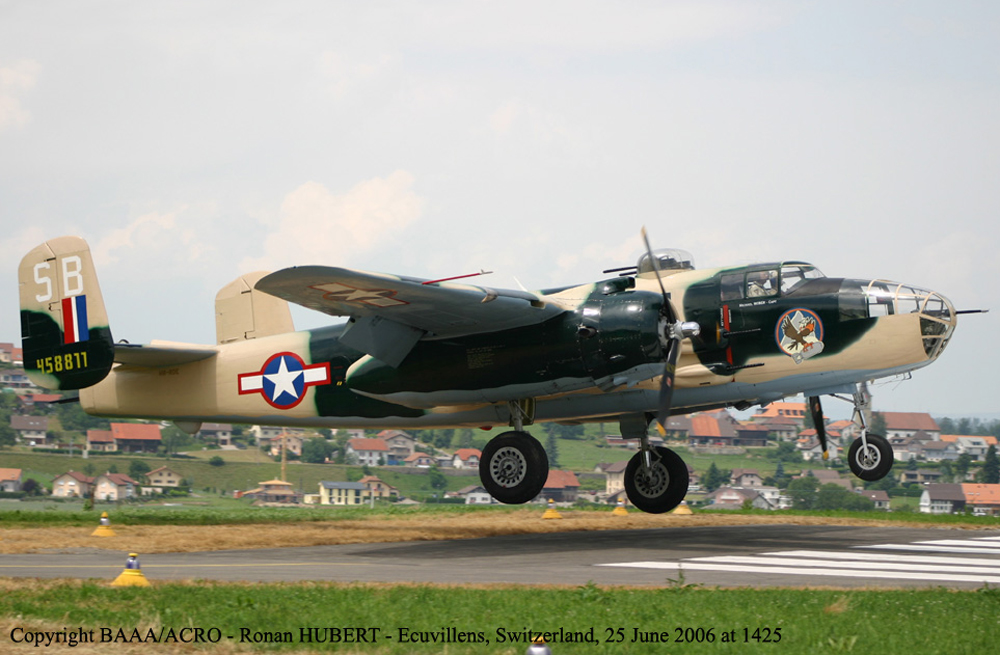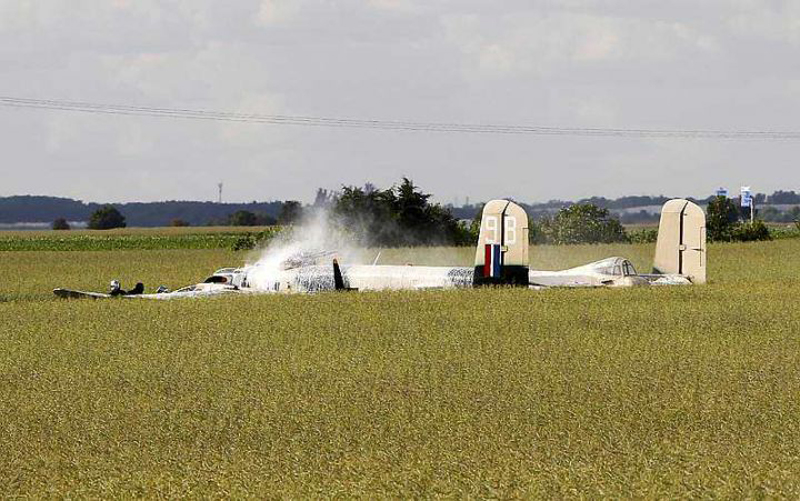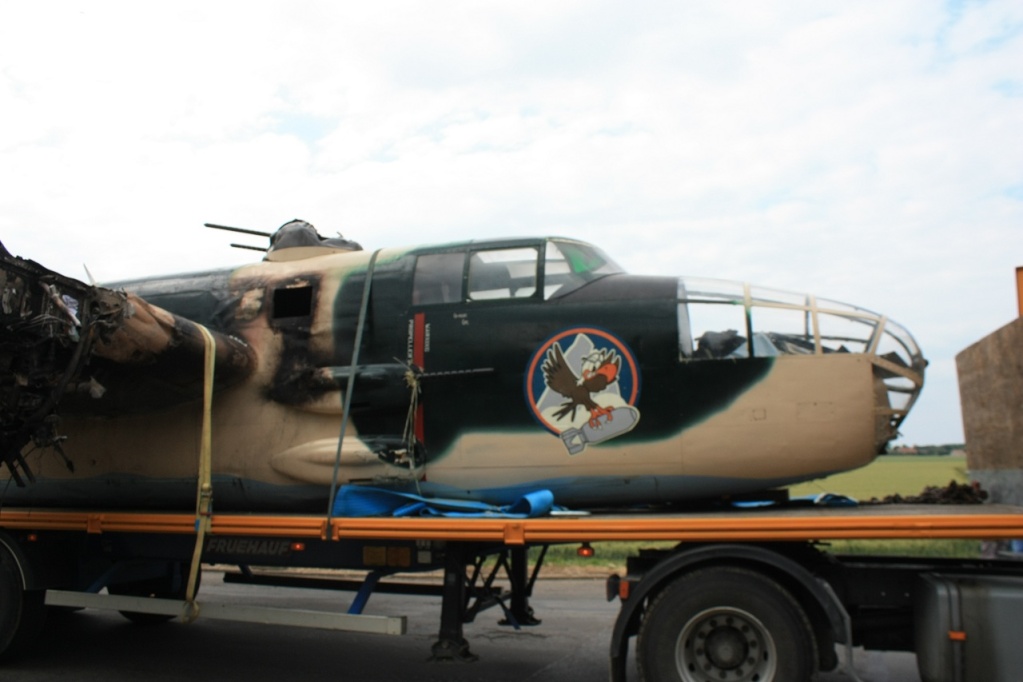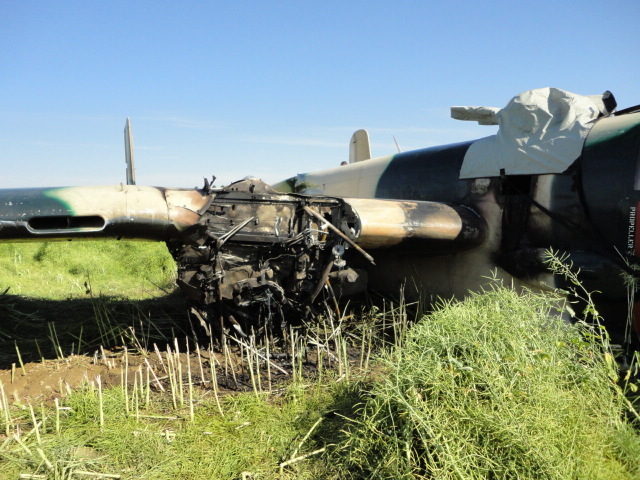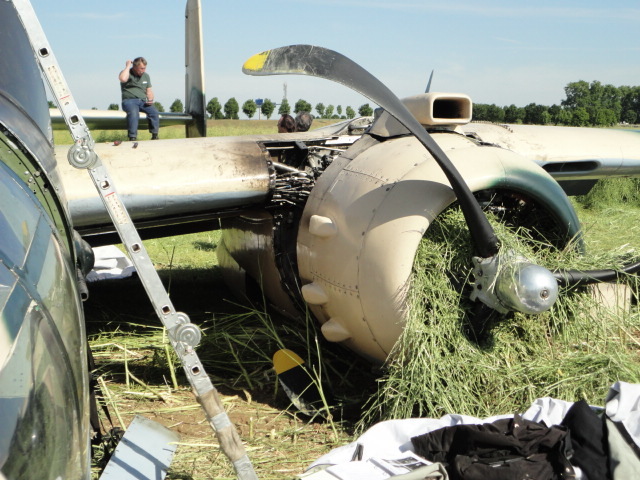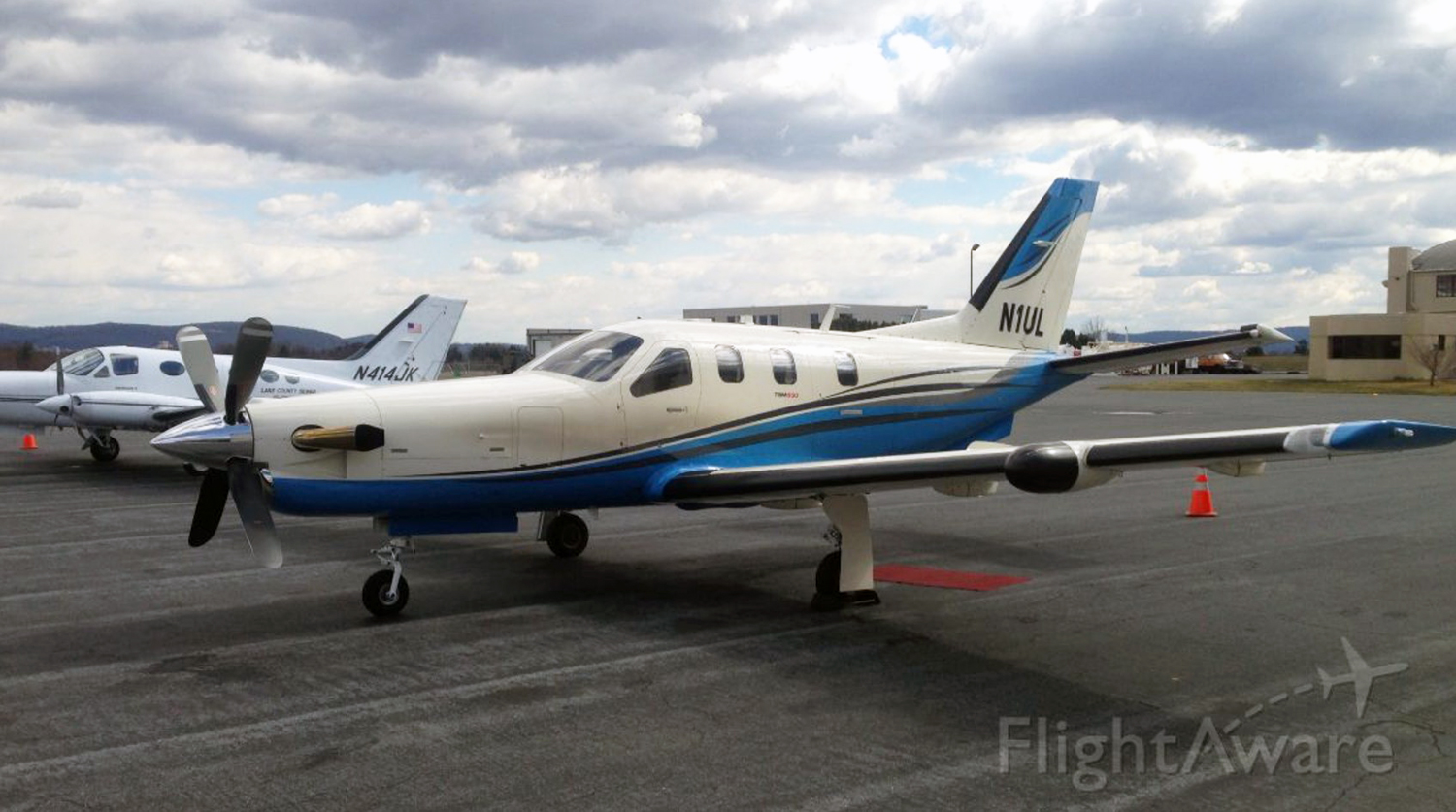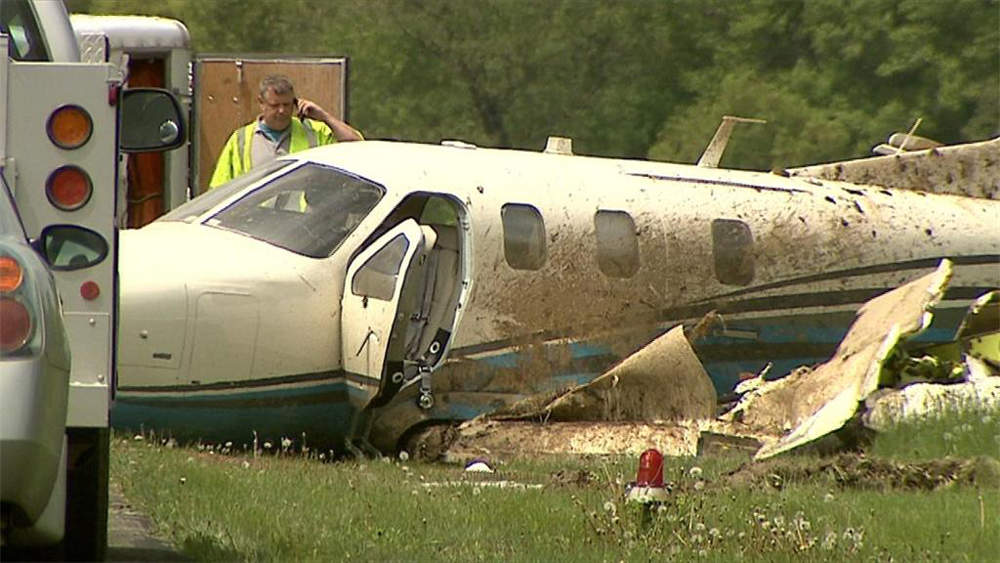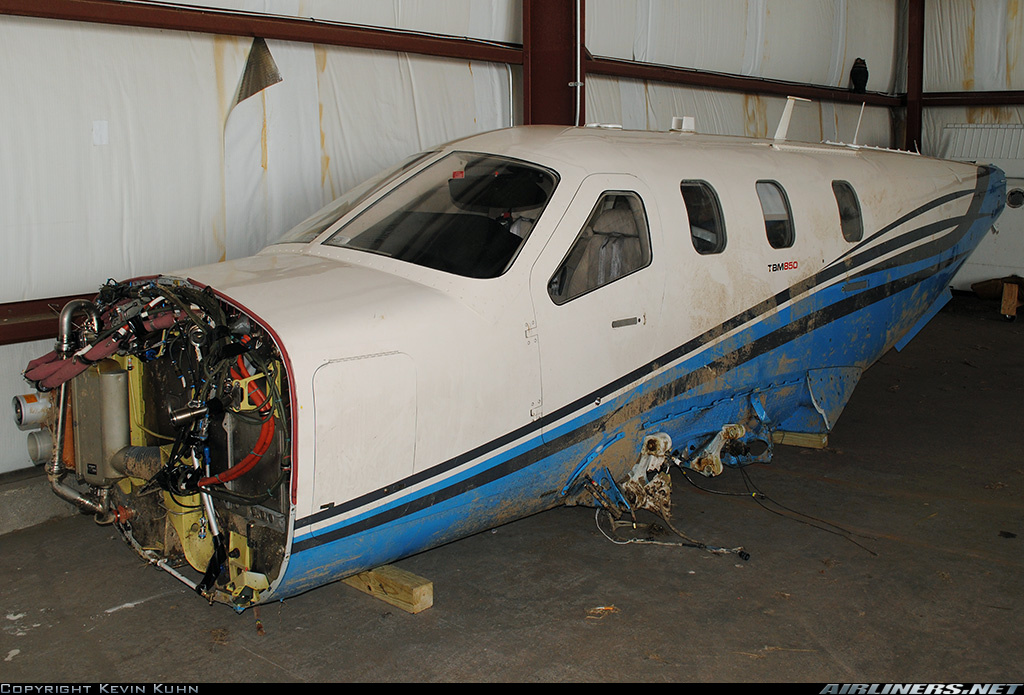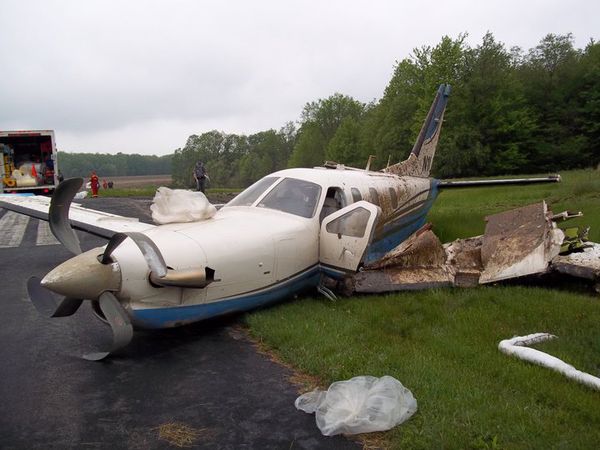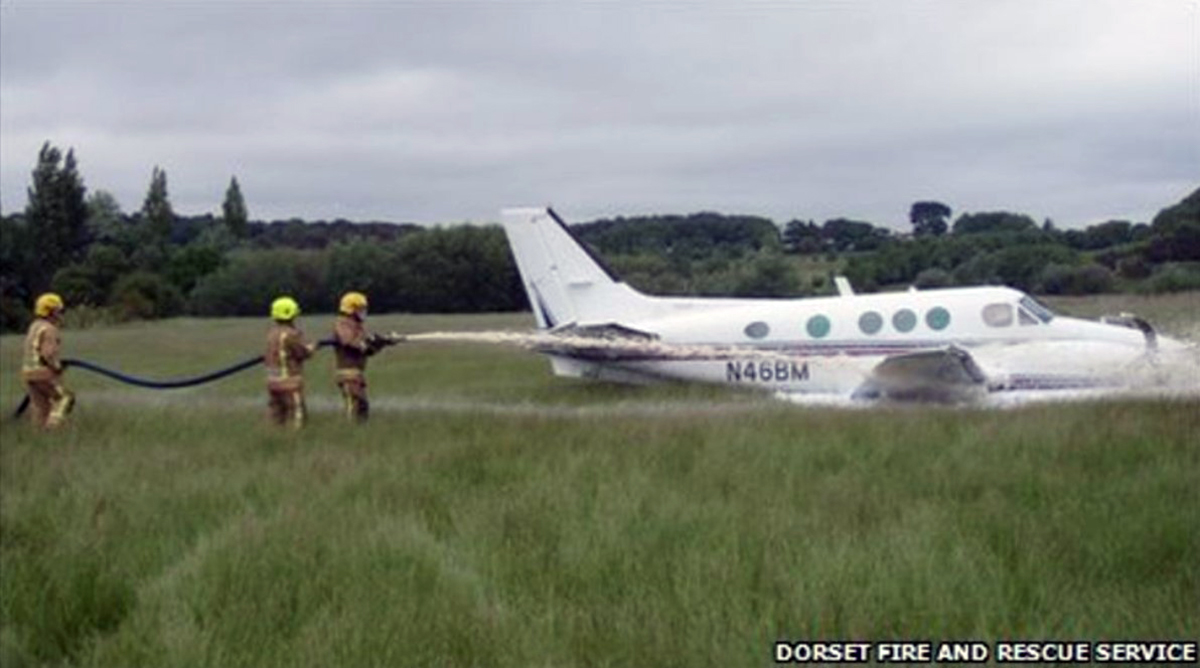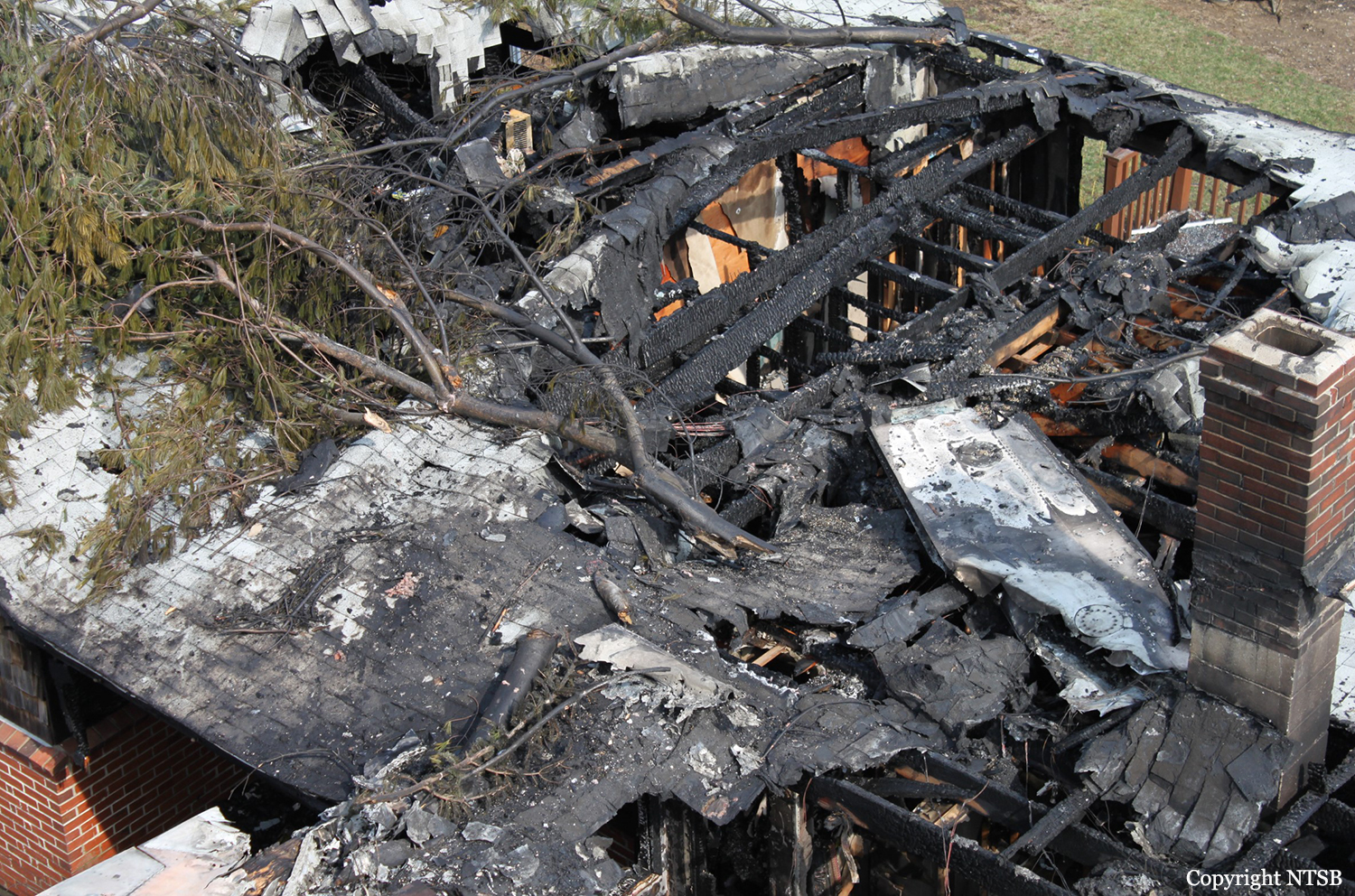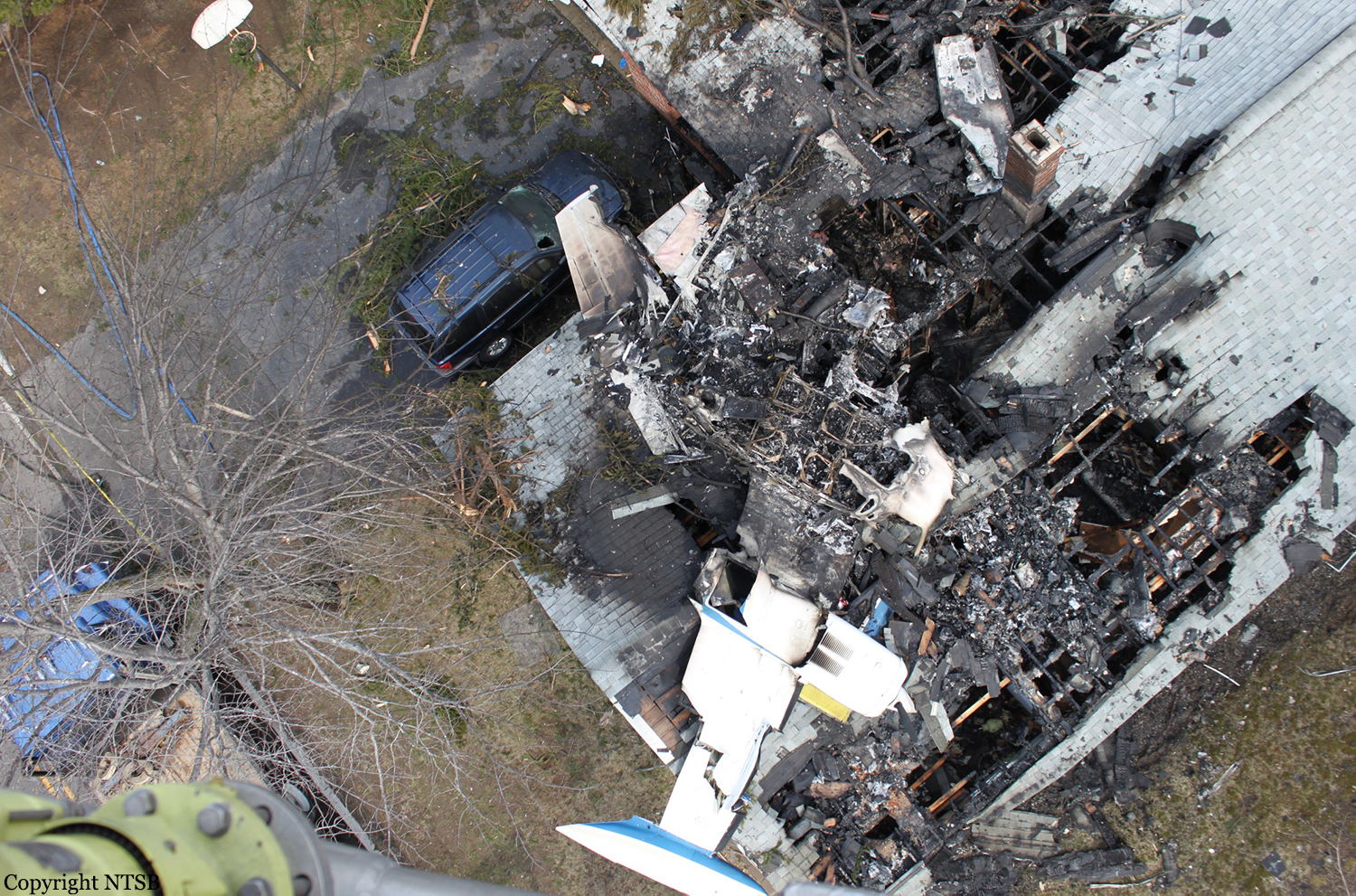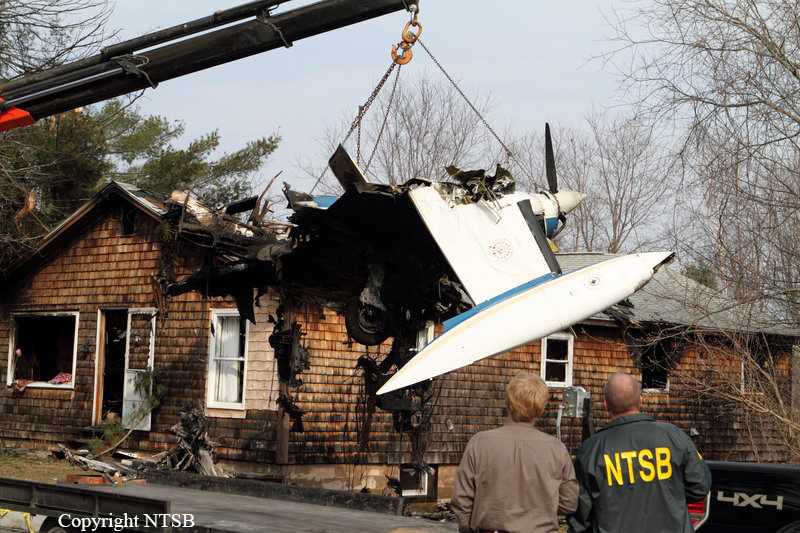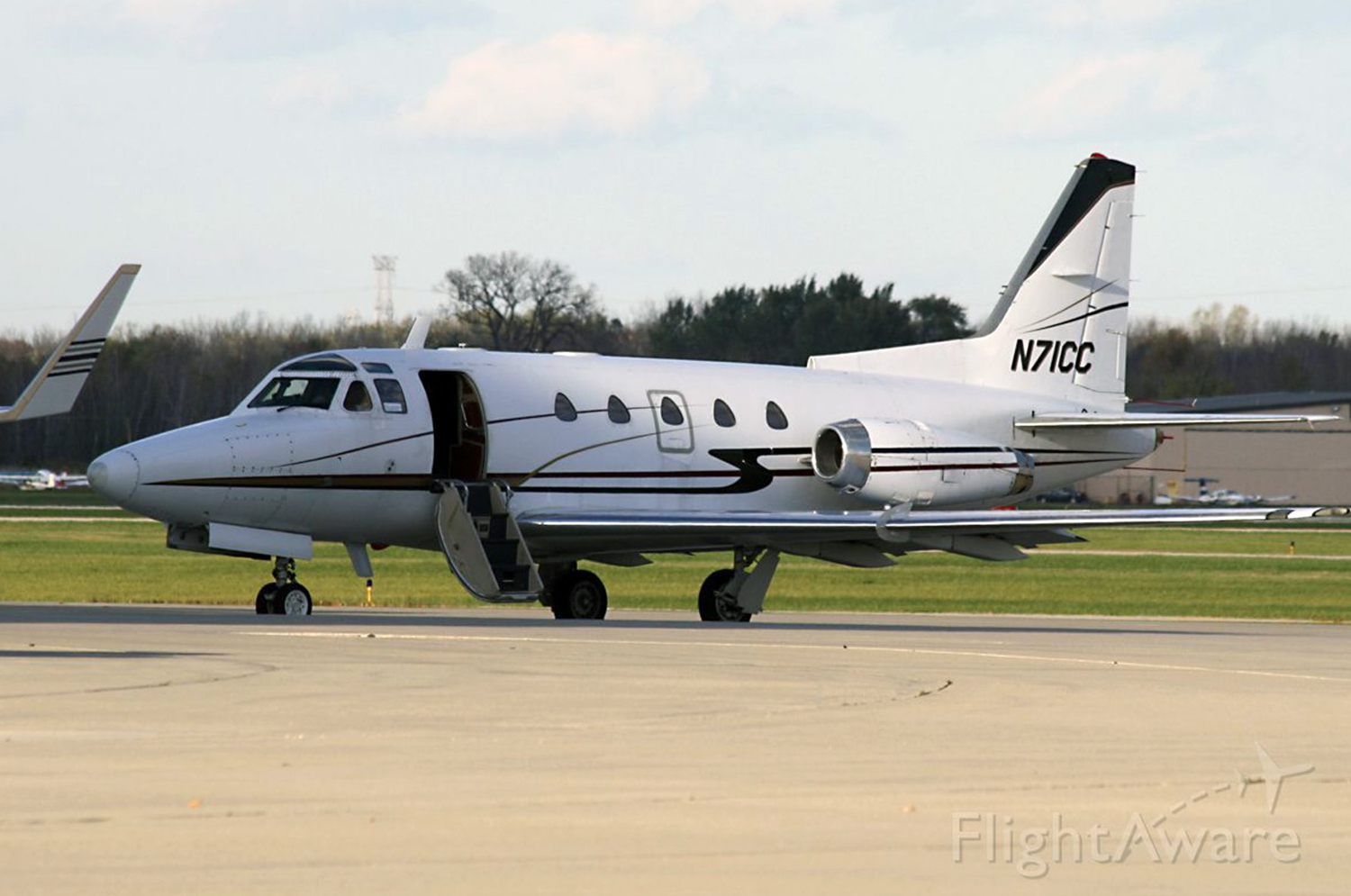Crash of a Piaggio P.166S Albatross near Tzaneen: 7 killed
Date & Time:
Aug 14, 2011 at 1030 LT
Registration:
ZU-MMI
Survivors:
No
Schedule:
Tzaneen - Johannesburg
MSN:
462
YOM:
1973
Crew on board:
1
Crew fatalities:
Pax on board:
6
Pax fatalities:
Other fatalities:
Total fatalities:
7
Aircraft flight hours:
4501
Circumstances:
Two aircraft, ZS-NJX and ZU-MMI, with 6 and 7 people on board respectively, took off from Tzaneen aerodrome (FATZ) on 14 August 2011 at approximately 0820Z, engaged in private flights with the intention of landing at Rand Airport (FAGM) on the same day. As both aircraft had not arrived at Rand Airport at their expected time of arrival, numerous attempts were made to contact the aircraft and these were unsuccessful. The search and rescue mission was initiated to try and locate these aircraft. The search and rescue mission was based around the area where the aircraft were believed to have had last contact with each other and with other traffic. Unfortunately due to bad weather in and around the area of last contact of these aircraft, they could only be located approximately two days after they had collided with a mountain in the Lekgalametse valley. Both aircraft were destroyed by post-impact fire and all the occupants of both aircraft were fatally injured.
Probable cause:
The accident was the consequence of a controlled flight into terrain.
Contributory factors:
- Lack of proper flight planning,
- Low Clouds.
Contributory factors:
- Lack of proper flight planning,
- Low Clouds.
Final Report:
